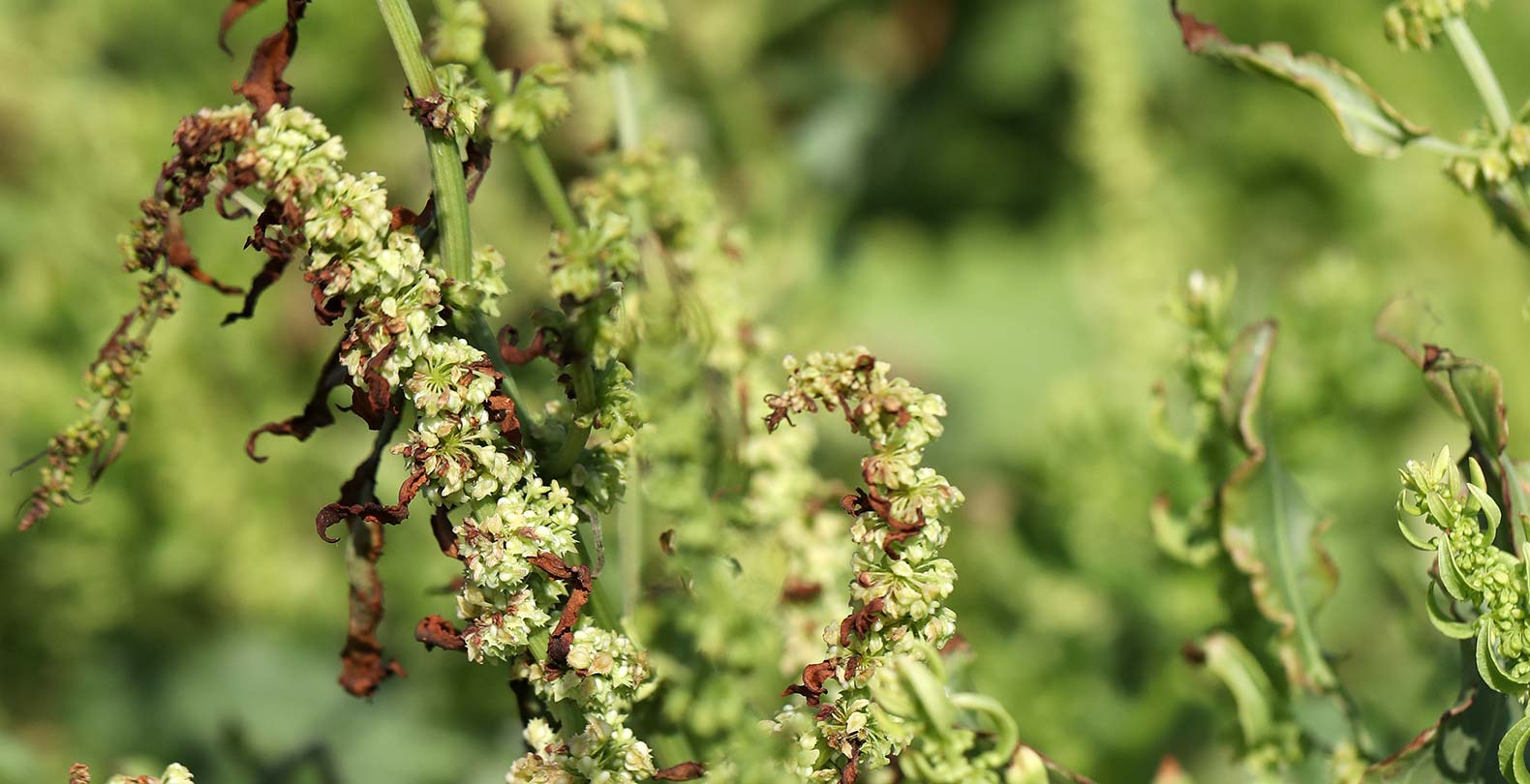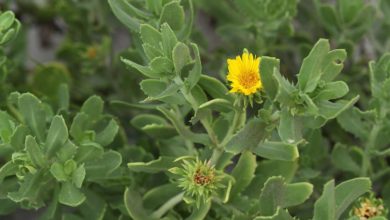Rumex crispus, or Curly dock, is a perennial weed native to Europe and North Africa. It is a widespread invasive that has become naturalized across Asia and the Americas.

The plants are fairly tall, about 1.5 meters, with tightly ruffled leaves. They typically appear in large aggregations. The weed has a taproot and extensive side roots that can reach as much as 1.5 meters in all directions below ground. New ramets emerge from the taproot, creating spreading colonies. In addition, R. crispus quickly builds up a considerable seed bank, producing as many as 40,000 seeds per plant that are able survive in the ground for up to up to 80 years.
R. crispus‘s range extends from coastal shores and marshes to to temperate grasslands inland. In Galveston, it appears in large patches in the swales between dunes.
References
Pye, A., & Andersson, L. (2009). Time of emergence of Rumex crispus L. as affected by dispersal time, soil cover, and mechanical disturbance. Acta Agriculturae Scandinavica: Section B, Soil & Plant Science, 59(6), 500-505.
Pye, A., Andersson, L., & Fogelfors, H. (2011). Intense fragmentation and deep burial reduce emergence of Rumex crispus L. Acta Agriculturae Scandinavica: Section B, Soil & Plant Science, 61(5), 431-437.
Xu Z, Feng Z, Yang J, Zheng J, Zhang F (2013) Nowhere to Invade: Rumex crispus and Typha latifolia Projected to Disappear under Future Climate Scenarios. PLoS ONE 8(7): e70728.
Duncan, W. H., & Duncan, M. B. (1987). The Smithsonian guide to seaside plants of the Gulf and Atlantic coasts from Louisiana to Massachusetts, exclusive of lower peninsular Florida. Washington, D.C: Smithsonian Institution Press.





